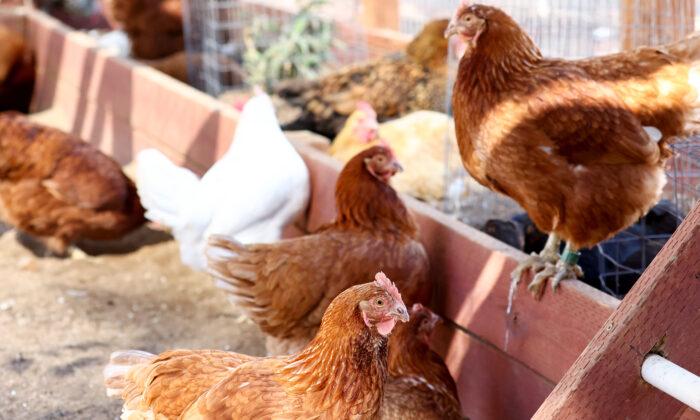An Australian study has found that while girls continue to experience benefits from sports, they are more likely to quit sports two years earlier than boys, with participation rates dropping off sharply between 13-15 years old.
“There are a number of social, psychological and physical benefits to playing sports, but we already know girls are less likely to ever take it up, and those that do, drop out at a much faster rate than boys,” Professor Murray Drummond, Director of the Sport, Health, Activity, Performance and Exercise (SHAPE) Research Centre at Flinders University, said.
“It’s important we look to understand why these barriers exist and find solutions in order to attract and retain girls in sport.”
The researchers found in their study of over 2,000 girls and boys that a key reason for the drop-off in participation was the difficulty in balancing their studies and sports.
This is a concern because girls and women continue to gain positives from sports.
“Throughout the interviews, it was clear that girls gained a lot from playing a sport, including cultivating friendships, and feeling fit and strong,” Drummond said.
The researchers, therefore, suggested more focus directed to helping coaches, teachers, parents, and volunteers be the best they can be, as girls who have these kinds of role models to look up to are more likely to participate in sports.
“It is vital that support be provided to help clubs and organisations in developing coaching qualities that advance their interpersonal skill and communication as a way of retaining girls in sport,” Drummond said.

Another recommendation is to shift the emphasis from performance and winning to increasing body confidence and resilience.
The study found playing sport was associated with higher levels of both resilience and body appreciation, compared to those who didn’t play any sport.
“It highlights that sport can be used as an avenue for teenagers to build and maintain an appreciation for what their own body is capable of, rather than how it looks, as well as cultivating psychological resilience.”
The researchers found that the most popular sports for girls were netball, followed by volleyball, Australian football, dancing, and soccer (football).





